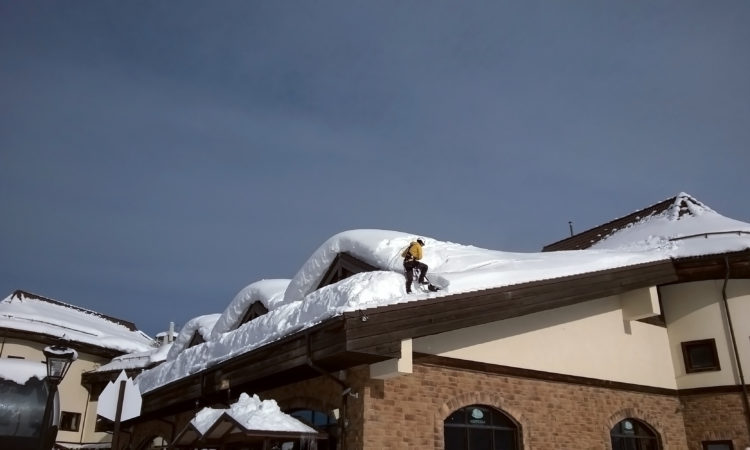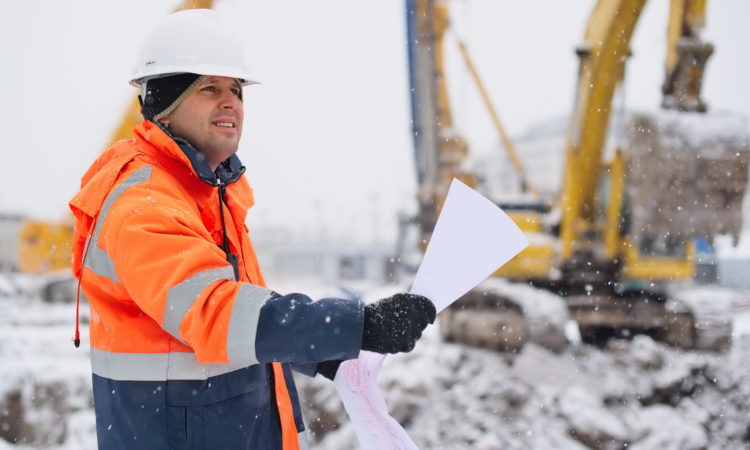The United States Department of Labor (DOL) increased its fines by approximately two percent on January 15, 2020 in accordance with the Federal Civil Penalties Inflation Adjustment Act of 2015. The DOL evaluated all of the civil penalties it administered and calculated the annual inflation adjustments based on the consumer price index for all urban consumers. Ultimately, this evaluation resulted in an increase of approximately two percent to all but four of the penalties it administers.
As an example, if a company is found to…
Continue reading...
Snow removal can be dangerous business, particularly when removing snow and ice from rooftops and other elevated structures. As we head into the winter season, now is a good time to review safe snow removal practices.
OSHA’s General Duty Clause imposes a duty on employers to protect workers from recognized serious hazards in the workplace, including snow removal from roof and other elevated structures. How to meet the duty of care:
Before the work begins, employers should:
Continue reading...
- Plan ahead for safe snow removal from roofs
Continue reading...
Any employer in New York is likely aware that OSHA can, and often does, issue monetary penalties for health and safety violations occurring at an employer’s place of business. Employers are also likely aware that in certain instances, they can even face criminal sanctions for certain actions. Under the Occupational Safety and Health Act, OSHA can and does bring criminal charges against employers when an employer’s willful violations cause an employee’s death, when the employer provides false statements on a document required by the Act,…
Continue reading...
Continue reading...
As the seasons begin to change, winter weather creates hazardous worksite conditions. Winter brings snow, ice, wind chills, and persistent temperatures below freezing. Workers, as well as supervisors and employers, need to take winter safety into consideration throughout everyday worksite duties. Injuries that are commonplace at the worksite year-round become more likely during the winter months. These tips are intended to provide employers and workers with the tools to implement safety precautions throughout the cold months.
There are no OSHA specific standards concerning work in…
Continue reading...
Continue reading...
The duty to have fall protection in construction (OSHA section 1926.501) regularly tops the list of most frequently cited OSHA standards following workplace inspections. When it comes to the roofing industry, however, fall protection—though of paramount importance—is not the only requirement for an effective safety program. This article will address some critical considerations for roofers when it comes to ensuring compliance with applicable OSHA standards and, more generally, keeping their workers safe.
COMPLIANCE WITH PROVISIONS
In 2016, OSHA published its “Recommended Practices for Safety and…
Continue reading...
Continue reading...
In December 2018, it was discovered that OSHA had put procedures in place to allow for the use of unmanned aircraft systems (better known as drones) for compliance inspections. In 2019, OSHA has reportedly conducted drone inspections on at least nine worksites and, with the increased prevalence of drones in day-to-day life, one can only expect that number to increase.
This is not entirely new. OSHA has already been using drones throughout 2018 and 2019, with employers’ permission, at worksites where an accident occurred and…
Continue reading...
Continue reading...
In many ways, Workers’ Compensation (WC) and the Occupational Safety and Health Administration (OSHA) are very different. WC is a statutory compensation scheme designed to limit an employer’s liability in exchange for more expedient payment of medical expenses, wage replacement, and death benefits. Most of these individual state-based compensation acts were in place long before OSHA was created with the OSH Act of 1970. OSHA, on the other hand, is part of the U.S. Department of Labor and was created to assure safe and healthful…
Continue reading...
Continue reading...
OSHA’s recent publication of its Guide to Restroom Access for Transgender Workers (“Guide”) further forged OSHA’s foray into the spotlight of the hotly prolific LBGT rights discussion. The Guide, which aims to assure that employers provide a safe and healthful working environment for all employees, underscores the principle that “all employees should have access to restrooms that correspond to their gender identity,” according to Dr. David Michaels, Assistant Secretary of Labor for Occupational Safety and Health.
Under OSHA’s Sanitation Standard (1910.141), employers are required…
Continue reading...
Continue reading...
According to a recently issued OSHA memorandum, over twenty years’ worth of statistics show that upstream oil and gas production operations are plagued by fatalities at a rate five to eight times greater than the national average. Based on these alarming statistics, OSHA implemented a new policy under its Severe Violator Enforcement Program (“SVEP”) captured by Instruction CPL 02-00-149 Section XI, which endeavors to curb industry fatalities. The memorandum concerning this new SVEP Section was quietly issued to field officials and attorneys at a recent…
Continue reading...
Continue reading...
Employees of a Brooklyn medical facility were allegedly exposed to head, eye, face and groin injuries and intimidation and threats during routine interactions with patients and visitors. An inspection by OSHA reportedly found approximately 40 incidents of workplace violence between February 7 and April 12, 2014. These incidents involved employees who were threatened or physically and verbally assaulted by patients and visitors, or when breaking up altercations between patients. The most serious incident was an assault of a nurse, who sustained severe brain injuries when…
Continue reading...
Continue reading...














